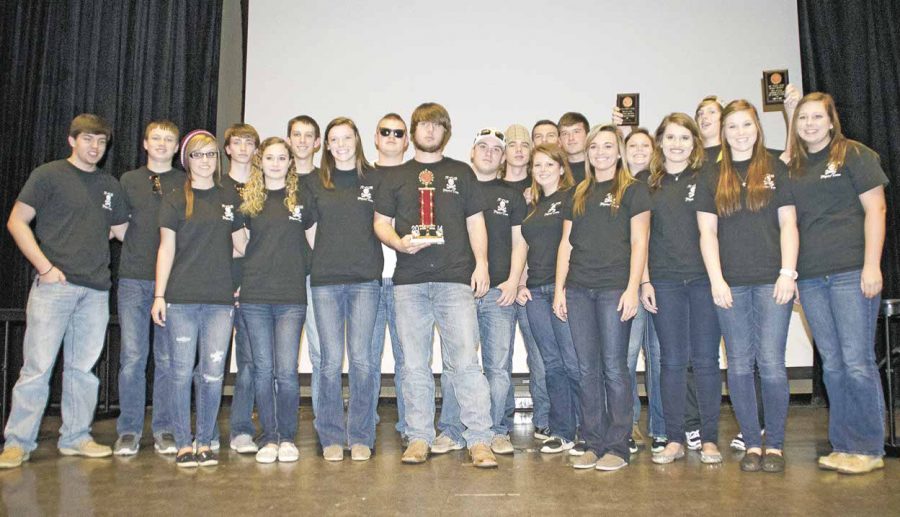High school students were invited from around the state, as well as Georgia, Mississippi and Tennessee to compete in The University of Alabama’s annual physics competition Tuesday. The University hosted between 160 and 170 students for two events in the competition.
The physics competition featured two tests. The first was taken individually by each participant and featured 32 problems from high school physics. The second test is a relay-style team event. Bill Keel, physics professor and organizer of the competition, said the second test created an exciting atmosphere.
(See also “‘Take a Journey in Science’ lecture to address nanoscience“)
“Something that attracts a lot of attention is the team competition, which sometimes gets called ciphering, where there are teams of four people who will solve problems relay-style,” Keel said. “There’s a lot of excitement because, mostly thanks to Google Docs, there is a big projected leaderboard so they can see which teams are ranked how, just on the fly.”
The day was rounded out with a physics department open house and a lecture called “Cosmic Messengers” by Patrick Toale, assistant professor of physics and astronomy. Toale spoke about fundamental particles called neutrinos and IceCube, a neutrino detector at the Amundsen-Scott research station in Antarctica.
(See also “IceCube project receives breakthrough award“)
Dawn Williams, an associate professor of physics and astronomy, has been working on this project since 2004. She said the sun gives off neutrinos during nuclear fusion, which is how it gets its energy.
“When we detect neutrinos from the sun, which has been done for decades, we’re learning about the center of the sun,” Williams said. “And that is the only particle which reaches us from the center of the sun without being absorbed or deflected or otherwise affected on its path.”
Discussing neutrinos was one way to get students interested in studying physics, one of the goals of the meet. While Tuesday’s event did bring a lot of potential applicants to campus, Keel said recruitment was not the main purpose of the meet.
“The whole point of this, we’ve decided, is not quite so much recruiting, as such, but more broadly raising interest in physics and the profile of the field in high schools,” Keel said.
(See also “America’s pseudo-science problem“)









